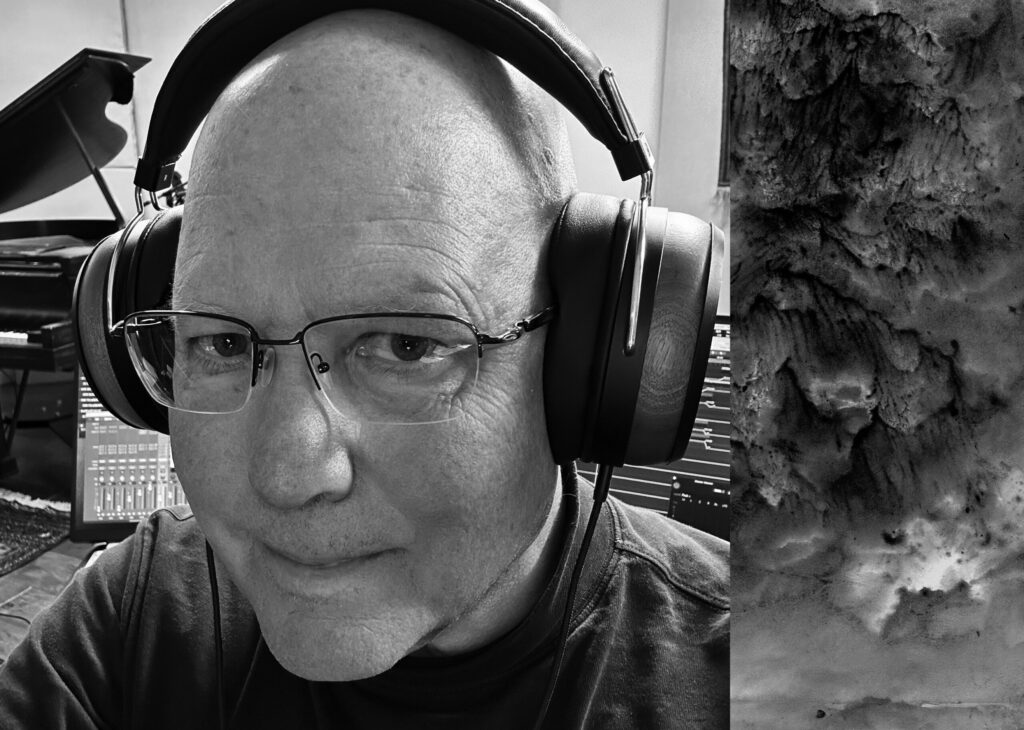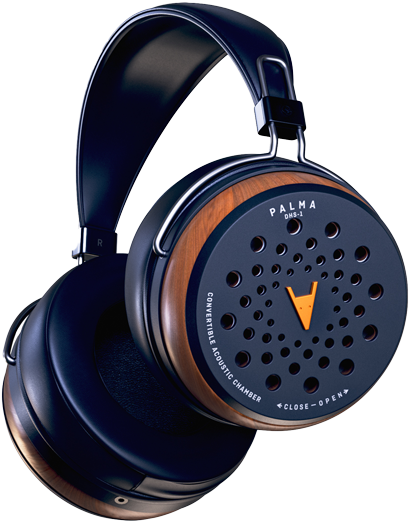Across four decades and over 50 albums, Robert Rich has helped define the genres of ambient music, dark-ambient, tribal and trance, yet his music remains hard to categorize. Part of his unique sound comes from using home-made acoustic and electronic instruments, microtonal harmonies, computer-based signal processing, chaotic systems and feedback networks. Rich began building his own analog synthesizers in 1976, when he was 13 years old, and later studied for a year at Stanford’s Center for Computer Research in Music and Acoustics (CCRMA).
Rich released his first album Sunyata in 1982. Most of his subsequent recordings came out in Europe until 1989, when Rich began a string of critically acclaimed releases for Fathom/Hearts of Space, including Rainforest (1989), Gaudí (1991), Propagation (1994) and Seven Veils (1998). His two collaborations with Steve Roach, Strata (1990) and Soma (1992), both charted for several months in Billboard. Other respected collaborations include Stalker (1995 with B. Lustmord), Fissures (1997 with Alio Die) and Outpost (2002 with Ian Boddy.) Rich’s contributions to multi-artist compilations have been collected on his solo albums A Troubled Resting Place (1996) and Below Zero (1998). His group, Amoeba, explored atmospheric songcraft on their CDs Watchful (1997) and Pivot (2000). Live albums such as Calling Down the Sky (2004) and 3-CD Humidity (2000) document the unique improvised flow of his performances.
Rich has performed in caves, cathedrals, planetaria, art galleries and concert halls throughout Europe and North America. His all-night Sleep Concerts, first performed in 1982, became legendary in the San Francisco area. In 1996 he revived his all-night concert format, playing Sleep Concerts for live and radio audiences across the U.S. during a three month tour. In 2001 Rich released the 7 hour DVD Somnium, a studio distillation of the Sleep Concert experience, followed in 2014 by his 15 hour Blu-ray release Perpetual. Rich returned to playing Sleep Concerts once again after 2013 for special performances.
Rich has designed sounds for television and film scores, including the films Pitch Black, Crazy Beautiful, Behind Enemy Lines, Dead Girl and others. His musical scores grace films by Roberto Miller (Mandorla, 2015) Yahia Mahamdi (Thank you for your Patience, 2003) and Daniel Colvin (Atlas Dei, 2007, with 90 minutes of Rich’s music in surround); and a video installation by Michael Somoroff (Illumination, 2007).
As mastering engineer and mixer, he has applied his ear to hundreds of albums in all styles. He has been featured in Keyboard Magazine, Electronic Musician, Guitar Player, Innerviews and elsewhere worldwide.
So you can just imagine how proud and happy we are having received is “verdict” on the Palma DHS-1. So don’t take our word for it, here aresome of his.
“I find the DHS-1 to be among the most comfortable headphones I have worn, which for me is saying a lot because I find most headphones to be uncomfortable.
Upon first impression, the DHS-1 surprised me with how well the low frequencies represent, without an artificial boost typical of more rock and roll style ‘phones. The lows extend deep and present without being lumpy. Despite the healthy deep lows, the high frequency “air” helps present a clean open soundstage without being strident or trying too hard, and the midrange connects well without getting clotted. These aren’t “smiley curve” speakers, and that’s exactly what I am looking for when trying to make good EQ decisions.
The variable closed-open feature surprised me not only for its innovative ingenuity, but primarily because I could not reliably hear a difference between the two settings. I don’t know how Palma managed this feat, but it’s impressive.
More than anything else perhaps, these are among the only headphones that I find myself enjoying for long periods of time with neither physical nor auditory fatigue. I am very impressed with the DHS-1.”

